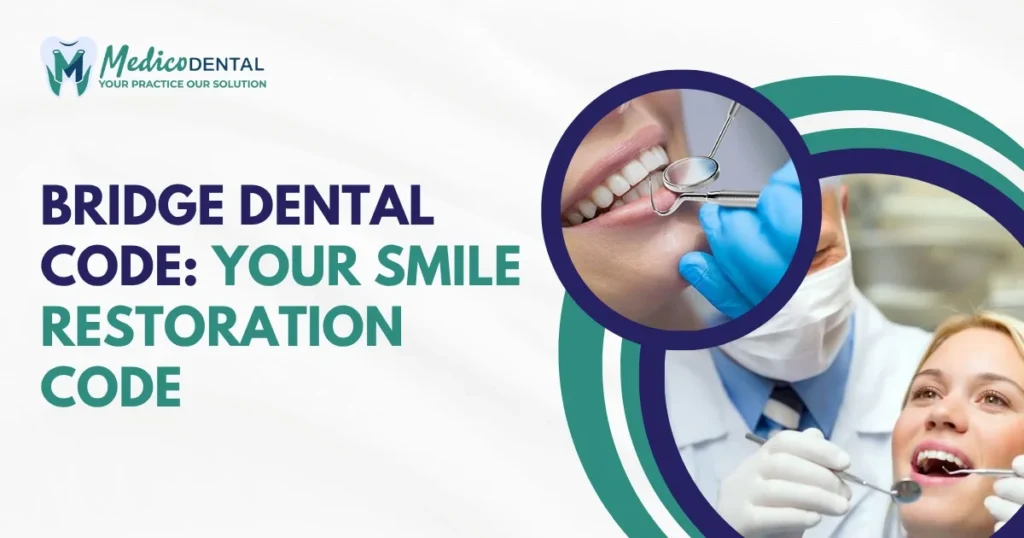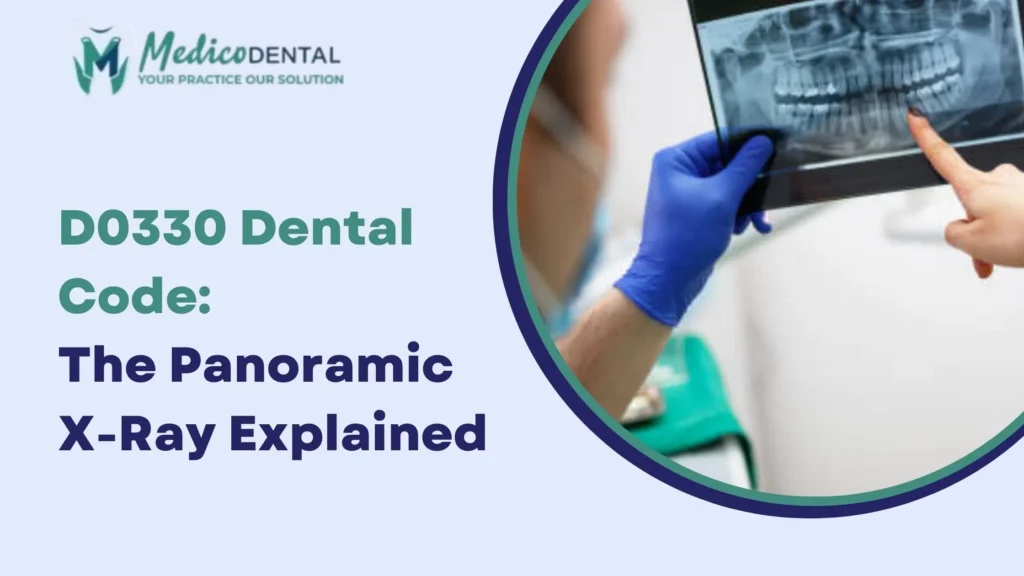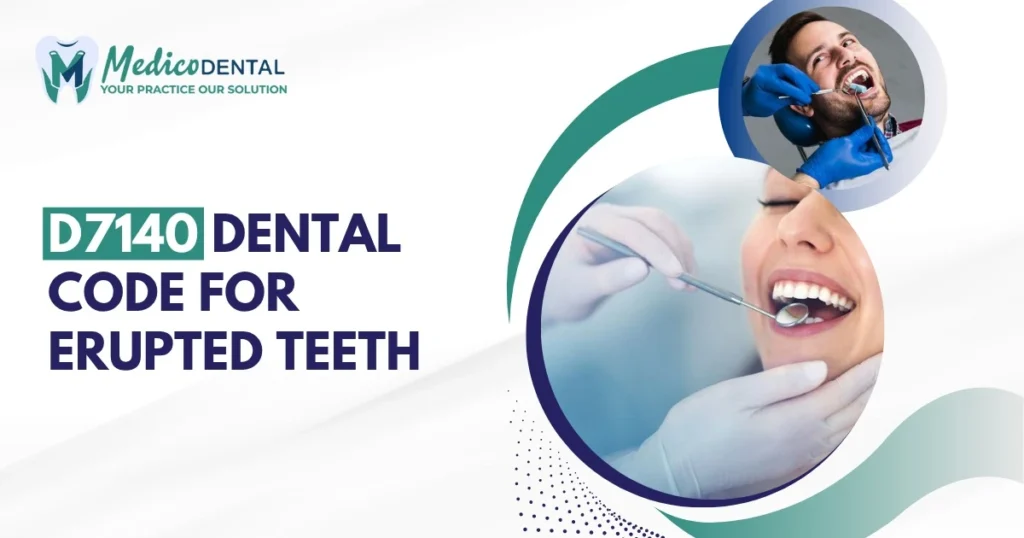Bridge dental codes are part of the standardized dental procedure terminology (CDT codes) used to classify and describe dental services. These codes are essential for dental practitioners to document procedures, submit claims to insurance companies, and ensure proper reimbursement. A dental bridge is a fixed prosthetic used to replace one or more missing teeth, and it consists of two main parts: the pontic (the artificial tooth) and the retainer crowns that anchor the bridge in place.
Importance of Understanding Bridge Dental Codes
Understanding bridge dental codes is crucial for both dental professionals and patients. For professionals, it ensures accurate billing, smooth insurance processing, and proper documentation of the treatment provided. For patients, understanding these codes helps clarify the type of materials and procedures involved in their dental care, contributing to better communication with the dentist and fewer surprises when it comes to costs or insurance coverage.
Common Bridge Dental Codes and Their Uses
This section outlines the most common CDT codes used for dental bridges, highlighting their specific uses and the materials they correspond to.
D6245: Pontic – Porcelain/Ceramic
The D6245 code is used when the pontic (the artificial tooth) in a dental bridge is made from porcelain or ceramic. These materials are popular for their natural appearance and translucency, closely mimicking the look of natural teeth. This type of pontic is ideal for visible areas, like the front teeth, where aesthetics are particularly important.
D6740: Crown – Porcelain/Ceramic
The D6740 code is applied when the retainer crown that anchors the dental bridge is made from porcelain or ceramic. This crown fits over the abutment teeth (the teeth adjacent to the missing tooth) and helps secure the bridge in place. Porcelain and ceramic crowns are chosen for their high aesthetic quality, offering a natural look that blends seamlessly with the patient’s existing teeth.
D6240: Pontic – Porcelain Fused to Metal
D6240 is used for a pontic made from porcelain fused to metal, which combines the strength of metal with the aesthetic qualities of porcelain. This type of pontic is durable, making it suitable for patients who require a strong, long lasting restoration, especially for back teeth where function is more important than appearance.
D6750: Crown – Porcelain Fused to High Noble Metal
The D6750 code is used for a retainer crown made from porcelain fused to high noble metal. This combination offers enhanced strength and durability while maintaining a natural, aesthetic appearance. High noble metal crowns are particularly useful for back teeth, providing the necessary strength for chewing and biting forces.
D6210: Pontic – Cast Metal, Precious/High Noble Metal
The D6210 code is used when the pontic is made from cast metal, typically precious or high noble metals like gold. These metals are extremely durable and corrosion resistant, making them an excellent choice for patients who prioritize longevity over aesthetics. This option is most commonly used for back teeth.
D6930: Recement or Rebond Bridge
If a dental bridge becomes loose or detached, the D6930 code is used for recementing or rebonding the bridge. Over time, a bridge may need to be secured again due to wear or damage. This procedure ensures that the bridge stays in place and continues to function properly.
How to Choose the Right Bridge Dental Code
Choosing the correct dental code for a bridge procedure is essential for accurate treatment planning, billing, and insurance processing. Here are the key considerations when selecting the appropriate code.
Pontic vs. Retainer Crown
When coding for a dental bridge, it is important to distinguish between the pontic and the retainer crown:
- The pontic is the artificial tooth that replaces the missing tooth, and it is coded separately from the retainer crown.
- The retainer crown is the part of the bridge that anchors the bridge to the adjacent natural teeth or implants. This crown is used to hold the bridge in place.
For example, D6245 applies to the pontic made of porcelain/ceramic, while D6740 is used for the porcelain/ceramic crown that retains the bridge.
Material Considerations: Porcelain, Metal, and More
The choice of material for the pontic and retainer crown directly affects the code you use:
- Porcelain/Ceramic: These materials are aesthetic and mimic the natural look of teeth, making them ideal for visible areas. Codes like D6245 and D6740 would be used.
- Porcelain Fused to Metal or High Noble Metal: These materials combine durability and aesthetics, suitable for patients who need a strong, long lasting bridge. Codes like D6240 and D6750 would apply.
- Cast Metal (Precious/High Noble Metal): Chosen for its strength, this material is typically used for back teeth where durability is more important than aesthetics. D6210 would be the corresponding code.
Repair Procedures: Recementing and Rebonding
When a dental bridge becomes loose or detached, the D6930 code is used to recement or rebond it. This is a simple procedure that restores the bridge to its original position, ensuring it remains securely in place.
Special Cases in Bridge Dental Codes
Some dental bridge procedures require special codes based on unique circumstances like implant supported bridges or full mouth restorations.
Implant Supported Bridges: D6110 Code
For patients who require an implant supported bridge, the D6110 code applies. Unlike traditional bridges, which use adjacent teeth as anchors, implant supported bridges are secured to dental implants. This code is essential for cases where implants are used to support the bridge, offering a solution for patients who don’t have enough healthy teeth for traditional bridgework.
Full Mouth Bridges and Their Coding
Full mouth bridges involve replacing multiple teeth or an entire set of teeth in both the upper and lower jaws. These extensive restorations require a combination of codes to reflect the different components of the treatment. Each individual bridge section (pontic and retainer crowns) will be coded according to the materials used, and additional considerations may be made based on the complexity and number of teeth involved.
How Bridge Dental Codes Affect Insurance and Billing
Insurance Coverage for Dental Bridges
Dental insurance often covers dental bridges, but the extent of the coverage depends on the specific plan and the type of bridge being placed. Understanding dental bridge codes is crucial for ensuring that the correct information is submitted to insurance companies, which can significantly affect reimbursement rates and claim approvals.
Insurance companies typically use CDT codes to assess the treatment’s eligibility for coverage. If the codes are not accurate or correctly reflect the treatment performed, there may be issues with claim rejections or delays. By using the proper dental bridge codes, dental practitioners can ensure that the bridge procedure is accurately documented, helping insurance providers understand exactly what services are being billed and increasing the likelihood of claim approval.
Some insurance plans may cover the full cost of a dental bridge if it’s medically necessary, while others may only cover part of the procedure based on the material chosen (e.g., porcelain vs. metal). Patients should check with their insurance provider to understand their coverage limits and out of pocket costs.
Understanding the Impact of Accurate Coding on Claims
Accurate coding is essential for smooth dental billing and insurance claim processes. When the correct codes are used, it helps eliminate confusion and reduces the chance of claims being denied or delayed. Insurance companies rely on these codes to determine what procedures were performed and whether they qualify for reimbursement.
For example, if a dentist submits a code for a porcelain bridge when the procedure involved a metal bridge, the claim may be rejected due to mismatched documentation. This not only delays the reimbursement process but can also cause frustration for the patient, who may not understand why the procedure was not covered as expected.
By using the correct codes, dental practices can improve the efficiency of their billing system, reduce the chances of errors, and help ensure that both the patient and the dental office are reimbursed in a timely manner. This ensures that the financial aspects of dental care are streamlined, which is beneficial for both the practice and the patient.
The Role of Bridge Dental Codes in Treatment Planning
Customizing Treatment Based on Material and Procedure
The use of specific bridge dental codes is an important factor in treatment planning. These codes provide clear guidelines for what materials and procedures will be used, allowing the dentist to tailor the treatment to the patient’s needs. For instance, some patients may require a stronger material like metal or porcelain fused to metal, while others may prefer a more aesthetic option like porcelain/ceramic.
Understanding the codes allows the dentist to explain the different material options to the patient, offering them the opportunity to make informed decisions based on both aesthetic preferences and functional needs. A dentist may also consider factors like the location of the missing tooth and the patient’s bite when determining the most appropriate material.
In addition, by using the correct codes, the dentist ensures that the treatment plan aligns with the patient’s insurance coverage. Certain materials or procedures may be covered differently by insurance companies, and this is taken into account when selecting the appropriate codes.
Communicating With Insurance Companies and Patients
Dental codes play a key role in facilitating clear communication between the dental practice, the patient, and the insurance company. By using accurate and precise codes, the dentist can avoid misunderstandings about what is being billed and ensure that both the patient and the insurance provider understand the treatment process.
For example, if a patient is unsure about the coverage for a dental bridge, the dentist can refer to the specific CDT codes used in the procedure to explain exactly what was done. Similarly, when communicating with insurance companies, the dentist can provide a clear and accurate description of the procedure, helping to prevent delays in reimbursement.
Proper communication through accurate coding also helps patients understand their treatment options. The dentist can provide them with a breakdown of the materials used, the cost, and how their insurance coverage applies, ensuring there are no surprises later on. This level of transparency fosters trust between the dentist and the patient, making the entire process smoother.
Conclusion
Accurate bridge dental coding is not just about billing; it directly impacts the quality of care provided to patients. By ensuring that the correct codes are used, dental professionals can guarantee that the procedure is correctly documented, covered by insurance, and reimbursed efficiently. Proper coding allows the dentist to offer a clear treatment plan with transparent costs, ensuring that patients are fully informed about their options.
Moreover, correct coding helps streamline the process, allowing the dentist to focus more on patient care and less on administrative issues. This results in better outcomes for both the patient and the dental practice.
For dental practitioners, it’s essential to stay updated on the latest CDT codes, as they are updated regularly. Familiarize yourself with the nuances of each code and ensure that you’re using the correct ones for the materials and procedures performed. This will not only improve your billing accuracy but also enhance your practice’s efficiency and credibility.
For patients, always check with your dentist and insurance provider to confirm your coverage before undergoing a dental bridge procedure. Ask questions about the materials used, the codes being submitted, and what your out of pocket costs will be. This proactive approach ensures you’re not blindsided by unexpected costs or insurance issues.
FAQs
Why are dental bridge codes important?
Ans. Dental bridge codes ensure accurate billing and insurance claims. They provide a standardized way to document dental procedures, which helps in both administrative efficiency and patient care.
Can the material I choose for my bridge affect the code?
Ans. Yes, different materials (porcelain, metal, porcelain fused to metal, etc.) have different codes. The choice of material impacts both the code used and the insurance coverage, so it’s essential to select the right one.
Are dental bridge procedures always covered by insurance?
Ans. Coverage varies by insurance provider and plan. Some plans cover the cost of bridges fully or partially, while others may only cover certain materials or procedures. Always confirm with your insurance provider before the procedure.
How to Ensure Your Bridge Procedure is Coded Correctly?
Ans. To ensure your bridge procedure is coded correctly, work closely with your dentist’s office. Ask them to explain the codes they plan to use and confirm with your insurance provider that these codes are covered under your plan. This transparency helps avoid billing issues and ensures that your procedure is properly documented for insurance purposes. Additionally, it’s helpful to keep a record of all communication related to your treatment and billing for reference.



